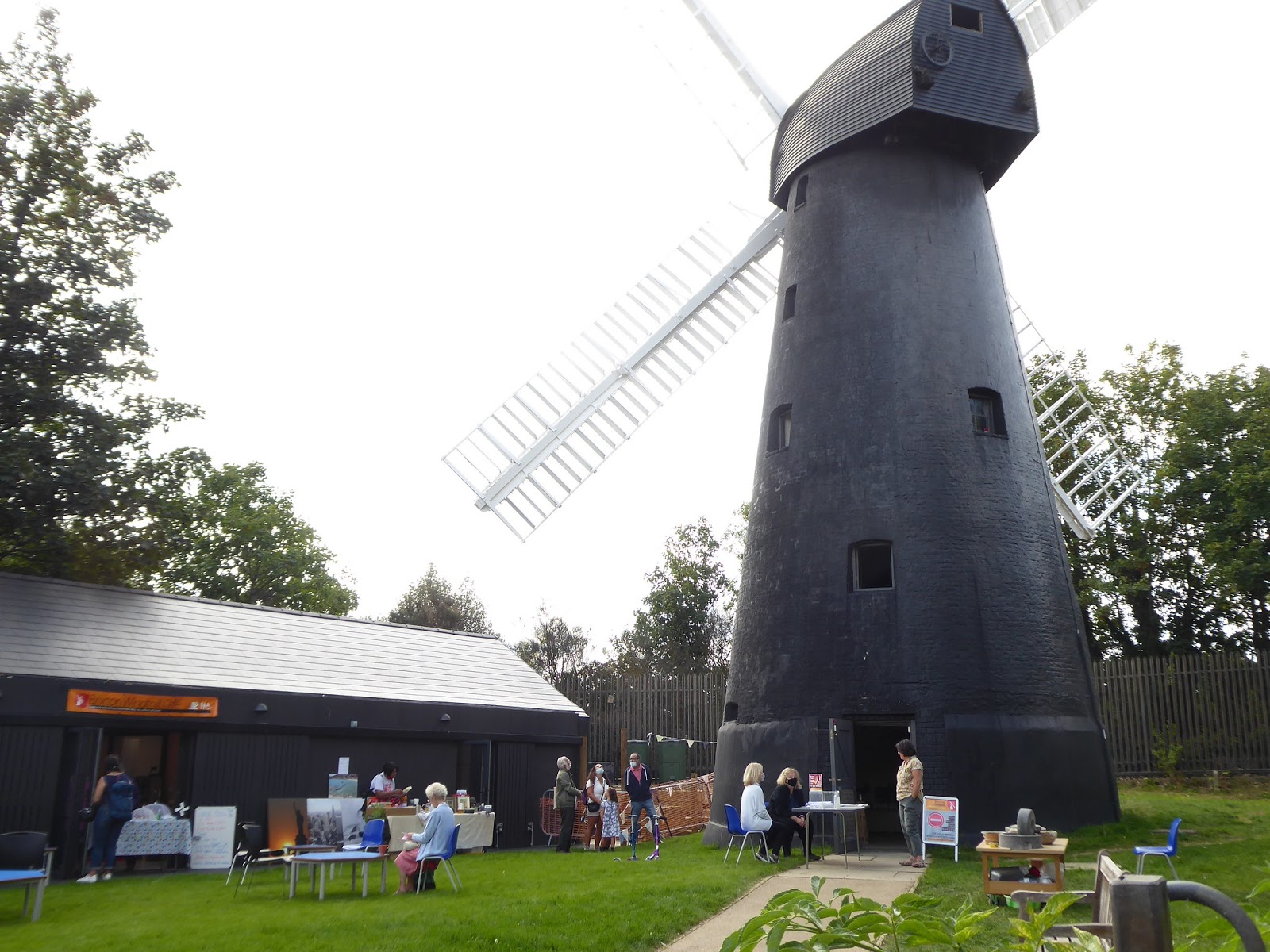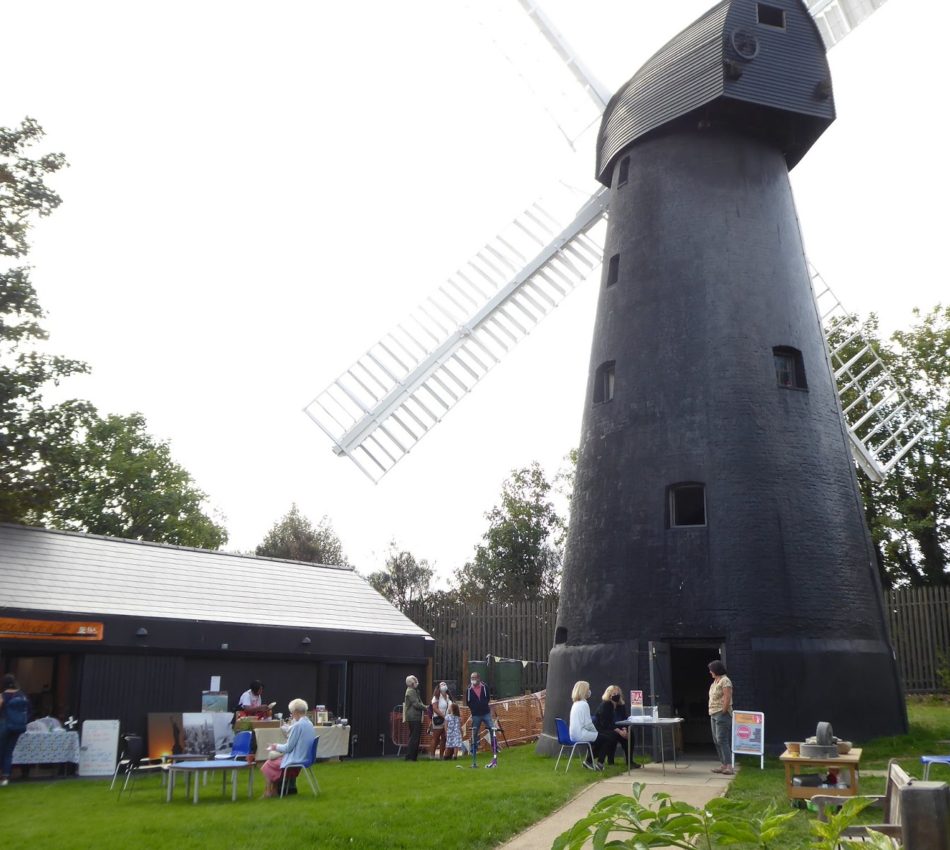Written by:
This blog post is another addition to our inspired blog series. This series shares stories of projects that are championing and enabling civic leadership and cross-sector collaboration in relation to shaping buildings, open spaces, homes or neighbourhoods.
I’ve lived near Brixton for most of my life, so I’m usually travelling through it, meeting friends there or just shopping in the famous market. But I was unaware of some of Brixon’s more unusual sites. I visited Brixton Windmill for the first time in 2017 with my partner, to learn about the inner workings of the mill and the various workshops they offer. We also left with some local produce. A very fine flour which made some of the best bread I’ve ever tasted!

2016 was the 200th year anniversary of the site, which was originally leased out to The Ashby family, who were millers producing stoneground wholemeal flour. Thus the mill is also known as Ashby’s Mill. By 1862, many of the nearby fields were replaced by houses and the wind needed to run the mill receded. Eventually the mill’s sails were taken down and the structure was used for storage. In 1902, the lease ran out and one of the Ashby sons decided to re-open the mill and added another set of millstones. He ingeniously utilised steam and then gas to power the mill instead of wind power.

A video celebrating the bicentenary of Ashby’s Mill in Brixton
Sadly the mill’s last owner closed the business in 1934, and the location became derelict. However, from 1957 the mill was invested in and renovated a number of times. London County Council (LCC) bought the land, the windmill and the associated buildings and decided to turn the 2.5 acres of land into a public open space – Windmill Gardens. This new public space opened to the public in the spring of 1968 after much restoration.
Lambeth council took over the area in 1971 and a further cycle of renovation and refurbishment took place followed by unfortunate instances of vandalism and neglect. Fortunately in 2002, shortly after the windmill was placed on English Heritage’s Buildings at Risk register, The Friends of Windmill Gardens group was formed by local residents who wanted to see the windmill restored to its former glory. In 2010 The Heritage Lottery Fund awarded a grant to the council and the group to restore the mill’s sails, cap and tower, as well as the 1902 millstones which were converted to run on electrical power.
Since then, The Brixton Windmill has gone from strength to strength. The mill volunteers from The Friends of Windmill Gardens run guided tours of the mill during the spring and summer months and also educate local school children about the rich history and mechanics of the mill. However, it was only in 2014 that the group started using the mill to grind flour again, while also training volunteer millers. The resulting flour is sold on windmill open days and used to make bread and other treats by local bakeries. Brixton Windmill also makes regular donations of Brixton Flour to two local food banks.

The Grade II listed windmill hosts a number of family-orientated events in the summer including; Brixton Beer & Bread Festival, Brixton Hill guided tours, Designers and Makers markets, open-air film nights, Tai Chi sessions and The Windmill Lectures.

Brixton Windmill Centre is the latest addition to the complex, which The Friends collective have been campaigning and raising funds for since 2015. The centre was completed in July of last year and has allowed Lambeth Council to use the Brixton Windmill Centre as a community testing site for people who may have Covid-19 earlier this year.
Brixton Windmill is a multi-use feat of historical brilliance. Though it has gone through various stages of disrepair, neglect and reconfiguration, it is now a site in which the local community can share, learn in and enjoy. This all came about through the work of The Friends of Windmill Gardens who continue to champion the space through different uses due to Covid-19 pandemic. Brixton Windmill has inspired me to look in unusual places and spaces for volunteering and community-led opportunities that further enrich and diversify my local area. I’ve recently signed up as a volunteer and can’t wait to get stuck in.
If you’d like to learn more about Brixton Windmill, become a volunteer or sign up for a tour/workshop please visit their website www.brixtonwindmill.org. You can also find them on Twitter, Instagram and Facebook.

